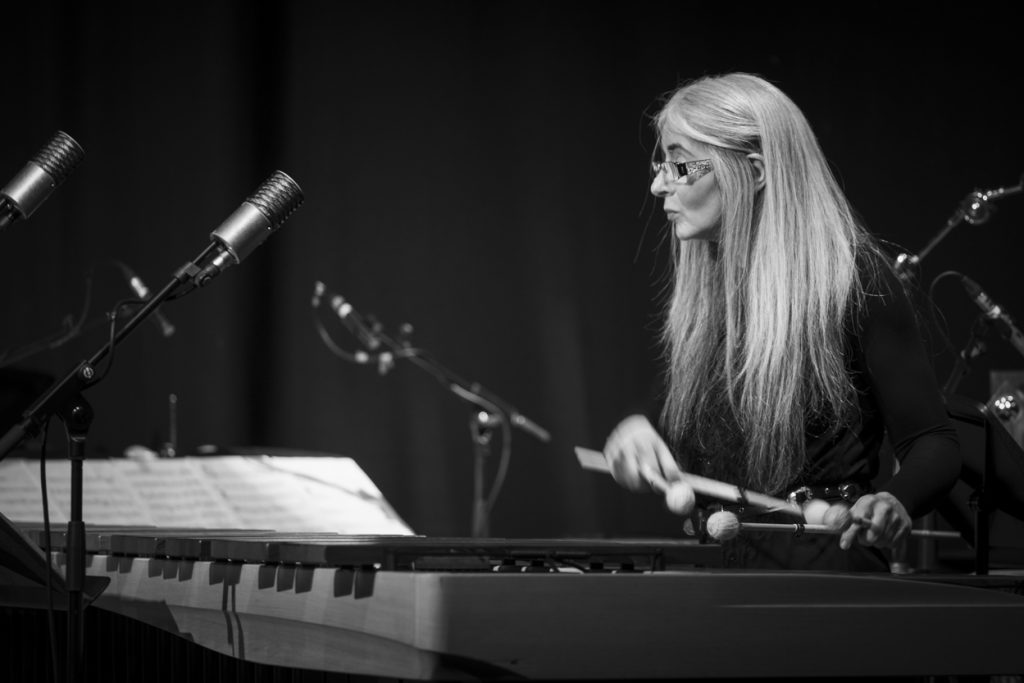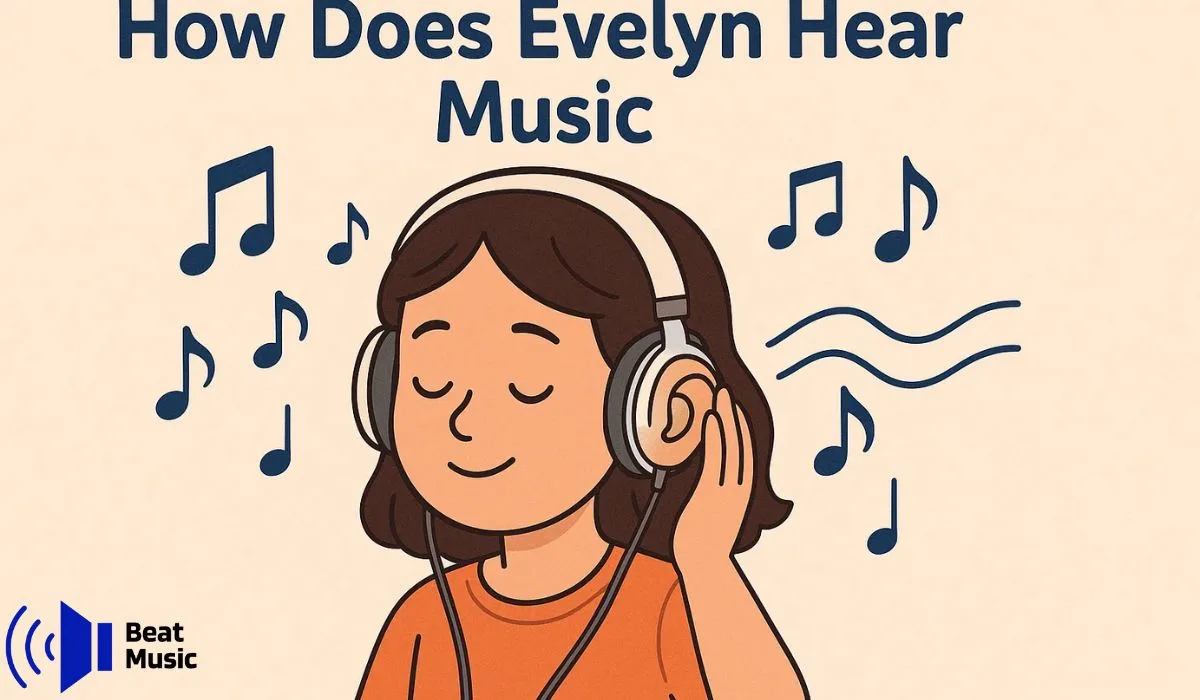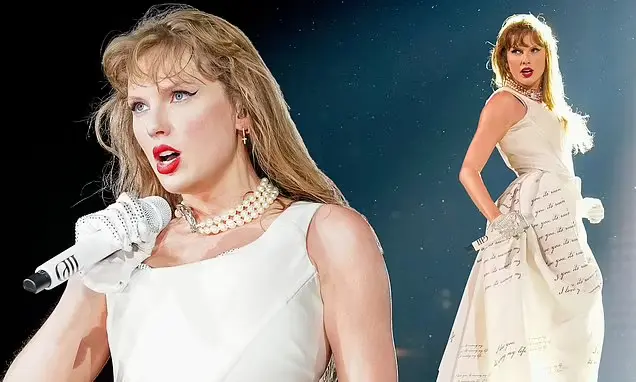The genuine story of Evelyn Glennie is one that challenges our most principal discernments of music, sound, and capacity. As a world-renowned solo percussionist, Evelyn has performed with the most noteworthy ensembles, won incalculable grants, including two Grammys, and has been a motivation to millions. The most regularly inquired address about her is also the most significant: How does Evelyn hear music if she is significantly hard of hearing? The reply is not that she has found a way to listen with her ears, but that she has magnificently reimagined what it implies to "listen" at all. She doesn't fairly tune in to music; she feels it, she sees it, and she gets to be one with the vibration of the sound.2
This article will dive into the momentous tactile world of Evelyn Glennie, investigating the strategies and discernments that permit her to be one of the most celebrated performers of our time. Understanding how does Evelyn hear music? is not approximately understanding one artist's adjustment; it's approximately growing our claimed relationship with the physical nature of sound.
The Establishment of a Melodic Perception
Evelyn Glennie started losing her hearing at the age of 8, and by 12, she was classified as significantly hard of hearing. For numerous people, this would flag the conclusion of a melodic travel that started some time recently. But for Evelyn, it was the beginning of a diverse way. She learned to distinguish pitch and sound through other parts of her body. Her music instructors, especially Ron Forbes, played an urgent part. He empowered her to feel the music, not make a fair attempt to listen to it. He had her play timpani drums and touch the divider of the music room to feel the diverse vibrations. This was, to begin with, a step in opening the reply to How does Evelyn hear music?—it was through material resonance.
Read Also:- Why Is Matt Cameron Leaving Pearl Jam
She learned to recognize the harsh, low-frequency vibrations of a bass drum from the smooth, high-frequency vibrations of a catch drum. She started to get it that sound is not a theoretical concept that exists, as it were, in the ears; it is a physical wave that voyages through the disc and strong materials, and it can be seen by the skin, the bones, and indeed the whole body.
How Does Evelyn Hear Music Through the Body?

The human body is a radiant resonator. We regularly disregard that our ears are a fair portion of a complex framework planned to prepare vibrations. For Evelyn, her whole body has ended up a sound-related canvas. When she performs, she regularly does so unshod, permitting the vibrations from the arrangement to travel specifically through her feet and up her legs and spine. This coordinated physical association is crucial.
Here’s a breakdown of the process:
-
Vibration Gathering: The starting sound wave, whether from her possessed instrument or an ongoing symphony, makes vibrations in the disc and the arranged floor.
-
Bone Conduction: These vibrations travel through her feet and are conducted through her bones. Bone conduction is a common phenomenon—it's the reason our voice sounds distinctive to us on a recording (since the recording misses the inside bone-conducted sound we are used to).
-
Tactile Elucidation: Distinctive parts of her body are delicate to distinctive frequencies. She might feel a low cello note in her stomach and a tall glockenspiel note on her face or neck. She has prepared herself to translate this complex outline of substantial sensations as a wealthy, point-by-point melodic landscape.
This strategy of tuning in implies that the question How does Evelyn hear music? is best replied to by rewording it to How does Evelyn feel music? The vibrations are her notes; the resonances are her chords.
The Visual and Mental Components of Her Art
While the material sense is essential, Evelyn’s musicianship is backed by her profoundly created visual and mental understanding of music. Her hearing misfortune implied she had to end up an uncommonly sharp peruser of scores and an ace of music hypothesis. She doesn't play fair notes; she internalizes the whole structure of a piece.
-
Visual Prompts: On arrangement, she depends intensely on her location. She observes the conductor and her individual performers' eagerness, utilizing their body dialect, breathing, and bowing developments to remain impeccably in time and in match-up. This visual beat is as critical to her as the sound-related cadence is to a hearing musician.
-
Musical Memory and Hypothesis: She has an uncommon melodic memory, holding complex compositions in her intellect. She gets it from the engineering of a piece—its flow, its passionate bend, and its consonant progression—on a mental level, which advises how she physically communicates it.
The Rebellious as an Expansion of the Body
Evelyn’s choice of percussion is no mishap. Percussion rebellions are inalienably material and visual. A marimba bar vibrates unmistakably when struck; a cymbal gleams and shakes. She has portrayed how she can see the sound waves exuding from an instrument. She chooses hammers and strikes with an exact constraint—not fair to make a note, but to make a particular, felt vibration. The instrument gets to be a coordinate expansion of her body, an instrument to produce the particular physical sensations that compare to the music she extraordinarily makes. This profound, physical association to her disobedience is an imperative portion of understanding how Evelyn hears music.
Read More:- Emerging Music Trends in Pop and Hip-Hop
Redefining "Hearing" and "Listening"
Evelyn Glennie’s life work is a capable contention for a broader definition of tuning in. In her claim words, "Hearing is fundamentally a specialized frame of touch." She energizes everybody, hard of hearing or hearing, to be way better audience members by locking in more of their senses.
For a hearing individual, this might mean:
-
Feeling the bass of a tune in your chest at a concert.
-
Noticing how the sound of a violin changes when you see the bow move over the strings.
-
Paying consideration to the way a room’s acoustics make a sound feel different.
Evelyn’s approach illustrates that tuning in is not a detached act of accepting sound through the ears. It is a dynamic, whole-body preparation of engagement and elucidation. How does Evelyn hear music? She listens to it by being completely, physically displayed with the sound, permitting it to wash over and through her. She has turned her whole being into a single, complex, and profoundly delicate ear.
Her story is a confirmation of human versatility and the boundless nature of imaginative expression. It reminds us that music is a principal, physical drive in the world, and that our capacity to encounter it is restricted, as it were, by the boundaries of our recognition. By inquiring, How does Evelyn hear music? we are eventually driven to a more profound address approximately ourselves: how can we learn to tune in more profoundly?












